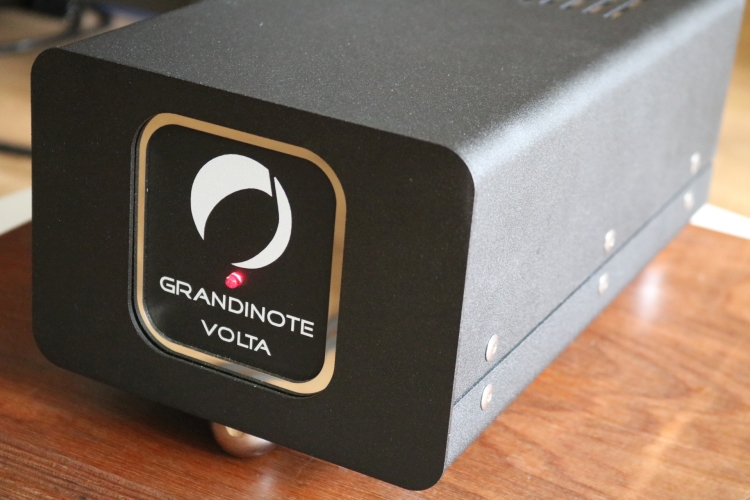
Niels’ system
As he requested, we took the Volta to Niels’ place where we listened to it again using Roon in combination with the Grimm MU1, the Zanden 6000 integrated KT120 tube amplifier, and the Magico Q3 loudspeakers.
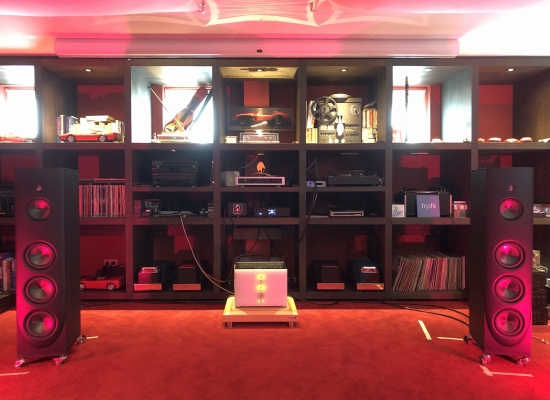
Astute readers will note that I wrote Q3 and not Q5 as I have reported on several times in the recent past. Well, what can I say? Since recently, Niels is in the fortunate position to own both the Q5 and the Q3. The former require very stiff amplification and really only work well with abundantly powerful amplifiers such as the Soulution 711 and the CH Precision A1.5, or, indeed, as Niels found, the Jadis JA200’s as an exception in the tube amp department, albeit with a less precise bass but a wider soundstage and a livelier midrange. Indeed, the 711 has more warmth in the midrange than the Jadis amps! For some time, fellow reviewer and mutual friend Werner has indicated that the Magico Q3’s can actually be driven by a tube amplifier. Since Niels already had the Zanden amplifier but no compatible speakers, he jumped on a pair of second-hand Magico Q3’s when he saw them. And as it turned out, this did indeed work beautifully. Even I have to admit that, indeed, the Zanden 6000 drives the Q3’s absolutely fantastically, complete with great bass grip and superb articulation.
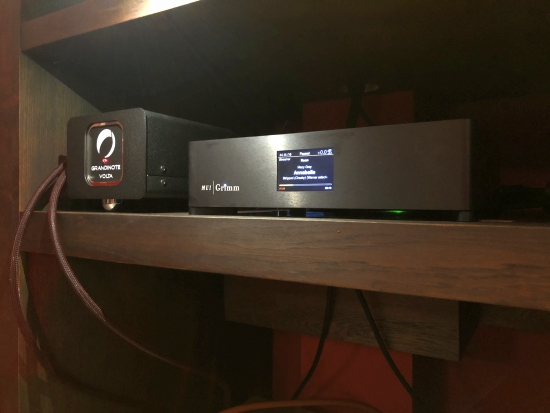
Niels’ normal DAC is the MolaMola Tambaqui, which is a great DAC that sounds not too dissimilar from the Aqua Formula xHD, if a little bit smoother in the treble and just very slightly warmer in the midrange.
Interestingly, Niels has heard and owned lots of audio components but still, the Volta managed to take him completely by surprise. Not only was it lively, brightly lit, expressive, and plenty detailed in his setup, it also provided much more of an organic sense to the music than the MolaMola DAC. The sound took on an indulging liquidity and flow and had a way of sucking us into the performance. And just as we heard it with the Aqua components, the MolaMola sounded comparatively duller. But is it, really? Or is the Volta extra open and expressive? As indicated, I’m sure it’s the latter but the question was, does that matter? Ultimately, it’s a matter of personal preferences as well as one of finding the best balance in any system. And with Niels’ Magico Q3’s, as well as with my Magico S1 mkII’s, it worked really well. As an interesting side note, I will mention that although Magico has the image of being very analytical, and this is certainly true for the Q5’s, the S1 mkII and Q3 are still very neutral but actually also quite friendly, not bright at all, and relatively smooth-sounding speakers. With these speakers, clearly, the Volta’s extra enthusiasm pairs very well, while their inherent high resolution also showed very clearly that the Volta is certainly not overbearing or etched in any way.
Although the Volta is hugely engaging, I noticed also in Niels’ system that the lower part of the frequency spectrum was less well-defined and a little softer and rounder than I prefer. But when discussing this with Niels, he felt that this was hardly noticeable and in any case very minor and easily worth it in return for the Volta’s strong aspects. The best compliment that the Volta can be given is that Niels was so smitten with it that he asked to keep the unit in his system for a little longer. During the week that I let him borrow it, he invited several of his friends over who all experienced the goodness of the Volta in the exact same way as he did. None of them mentioned any deficiencies in the bass. So, it’s only fair to say that maybe I am a little particular about bass precision and neutrality. The fact of the matter is that everyone takes different elements from the music as representing realism, or conveying excitement and emotion. Clearly, the Volta presents at least two of these aspects exceedingly well.
UPnP
Besides Roon, the Volta also works with UPnP sources and accepts a CD, DVD, or Blu-Ray optical drive via USB. I have no such external drive available and I wouldn’t think many people would choose the Volta for this either, so I’ll leave that option uninvestigated. What I do have, is a UPnP source in the shape of a jRiver Media Center installation on my Windows desktop computer. While this may seem horribly non-audiophile, past experiments (for instance when comparing UPnP with HQPlayer and Roon using the LinQ) have shown that the UPnP stream transfers perfectly despite the host PC being utterly mundane. More to the point, and from these tests, it’s not unthinkable that the Volta would sound different when using UPnP. So, let’s just put this to the test.
Comparing jRiver with UPnP and Roon via RAAT one directly after the other, there is indeed a difference in sound. As observed during tests for another review, UPnP sounds structurally different from Roon. With the Volta, UPnP is leaner and tighter than Roon (which I like) but also drier and less richly saturated (which now feels missed). In any event, both formats are responsive and work perfectly and both sound absolutely great, but even though I have often preferred UPnP or HQPlayer over Roon, now, I prefer Roon by a small margin. As always, YMMV, as this is a highly relative and ultimately a subjective matter.
In any case, I was surprised to find that the Volta works absolutely seamlessly even when repeatedly switching back and froth between UPnP and Roon. Not once did I encounter a hiccup. Clearly, its firmware is very well designed and rock-solid.
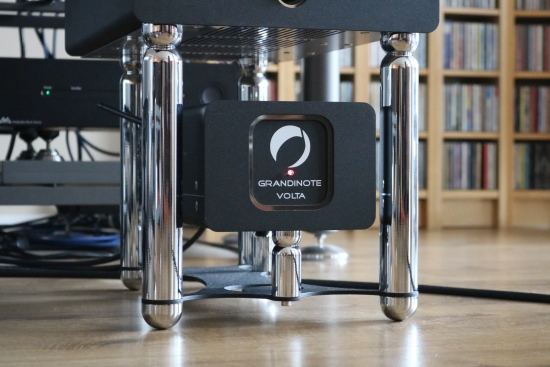
Combo Stand
If you’ve read the Grandinote Shinai review, you’ll know that this amplifier sounds quite different, depending on its support. In a nutshell, it sounds the tightest and most articulate on a sturdy platform, and most fluid and liquid when used on top of the Combo Stand. Would the same be true for the Volta?
My impressions as described thus far have been based on the Volta on the Combo Stand. So, let’s see what happens when it is placed on the Artesania Modular rack. Oh, yes, this turned out to make a similar difference! Even though the Combo Stand’s bottom level is relatively solid, the rack still has a marked influence on the Volta’s sound. However, it’s not exactly the same as with the Shinai amplifier when it is seated on top. Also, I can’t say that the differences are entirely as pronounced as with the amplifier. But still, what can quite easily be heard is that the Artesania platform makes the Volta sound more robust and direct, with more solid bass and fuller tonal saturation while the Combo Stand makes it sound leaner and cleaner. I’m not sure at all which of the two approaches is the most neutral, perhaps the Combo Stand is, but I can say that the Artesania platform combines superbly with the tighter and leaner UPnP sound. Likewise, the Combo Stand matches well with the comparatively fuller and richer Roon sound.
Of course, I am aware that there are people who think all this (Roon versus UPnP as well as the influence of Equipment Support) is nonsense for devices such as DACs and streamers. To those, I would say that’s all the better for them because it removes some variables and leaves only the choice of equipment. After all, the Volta proved to sound in multiple systems and on any support. To the other group, I will say that it can still be worthwhile to experiment with all of the system’s variables in order to get maximum performance.
Conclusion
It’s always nice to be surprised. I’ll be honest, upon the first appearance and just looking at it, I found the Volta to be extravagant but otherwise thought that it was yet another streamer. Furthermore, judging from the sub-par finish of its casing, I even felt that maybe it costs too much. But as it turns out, the Volta is anything but ordinary, not only in appearance but also in terms of sound. What this extravagant little box offers is peace of mind. Its buttonless and option-less, rock-solid design allows you to forget about all the digital-format-worries and stop tinkering with countless options, filters, and what have you. Much like one would expect from a good tube design, the Volta is a little bit euphonic and not strictly the most neutral or most accurate streaming source there in its price range, but it plays music in a hugely compelling, lush yet highly expressive, big, dynamic, and emotion-inducing manner.
Manufacturer’s Feedback
Thank you for the nice review.
We worked a lot on the hi-frequency filter to get the high frequency totally flat in response and absolutely without phase distortion: no phase shift between 20Hz, 1kHz, and 20KHz. For this reason, the other DACs are a little bit “brown” in the high frequencies compared to the Volta: usually, the high-frequency filter (after the DAC) produces a little phase-error in the high frequencies.
All the best,
Max
External Links
Manufacturer: Grandinote
Distributor for the Benelux: Colab
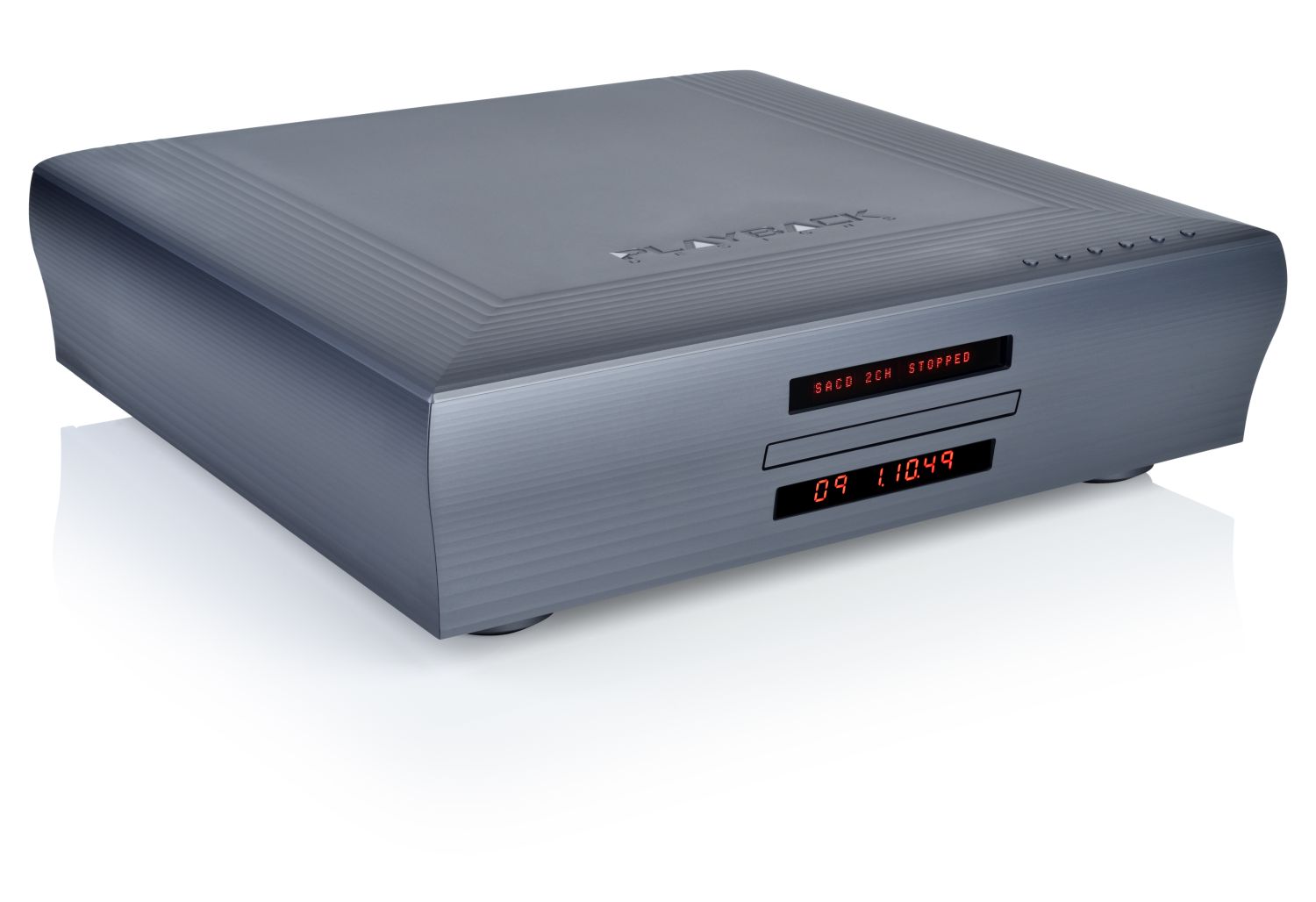







Hi Christiaan,
did you directly compare the Volta to the Lejonklou Källa?
Both are very interesting streamers with an in-built DAC, without digital outputs and in a similar price range.
Thanks and best regards
Matt
Hi Matt, yes, I did. They are very different. I will explain in the upcoming Kalla review.
When will it be online?
Thanks
Matt
It’s either the first or the next review coming up.
Hi Christiaan,
I have positively noted that you are aware of Lejonklou’s recommendation for using the supplied stock power cable and the component’s own feet.
Thank you.
Matt
(from Spain) I am new in this world but I love the way you explain in your reviews.
I ask you: in the review of grandinote sinai and in volta review you said that you were going to write a separate review about the celio phono. Later you didn´t. Why you did not it? Celio was no good enough for you?
Nice to hear, Carlos. Due to circumstances, the Volta review did not materialize. Somethings, things don’t go as planned.
thanks for your fast answer. As I said before, I am new and I am reading the best magazines and your reviews for me the best with large diference from the others
Much appreciated, Carlos!
What I can say is that the Celio will play to the strengths of the Shinai. If you are looking for smoothness and relaxed flow, it will deliver. But if in doubt, why not just try and get this phono preamp for a home demo? It’s very personal anyway, and that way, you’ll know for sure.
Believe me when I tell you that I am blind in this matter. It will be my first sound sistem and I am not one of those who change. That’s why more than trying at home I have to trust others like you. I’m not a good movie director, but I’m a great movie producer. I recruit the right people and give them the freedom to advise me. This is what I do with you, I read your reviews and compare them with those of others and above all I read you between the lines looking for those oversights in which one is tremendously sincere almost without wanting to. There I squeeze the review like an orange at breakfast and draw my conclusions. I take note of the test at home